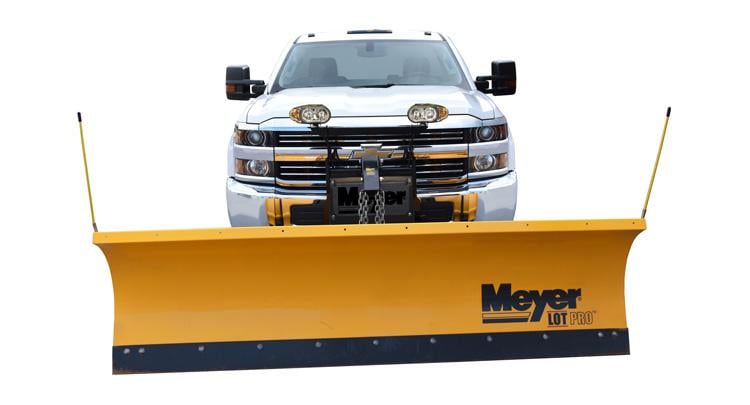Winter is here, the snow has started to fall, and you've decided you're going to make a couple of extra bucks plowing driveways. Now what? It goes without saying that you'll need a truck, and to get the job done right you'll need the right truck!
A good solid truck such as the Chevrolet Colorado is a great starting point; with the Duramax Turbo Diesel engine you'll have all the torque and power you could ever need for the additional weight added by plowing gear and snow. Not only will you benefit from the torque, you'll love that it gets good gas mileage because of the diesel engine.
Before investing too heavily in your new gear though, check into the local regulations surround plowing where you live. Make sure that if you require any licensing or certification that you obtain this prior to starting your business and investing in equipment.

When choosing the plow itself, consider how much plowing you'll actually be doing. If you'll be keeping it to small jobs around the neighborhood then you will find that a normal consumer plow will work fine, they weigh around 300lb and won't require additional modifications. If you think that your business will take off and you plan to clear bigger roads, in addition to the plow you will have to upgrade your vehicles suspension to compensate for the weight of the gear. Once you've decided which plow will suit you best, you need to install a front receiver hitch on your truck to hook the plow up to.
You should definitely swap out the standard, all-season tires for winter compound rubber. Winter tires will help to prevent you from getting your truck stuck, and will improve stopping performance on icy roads: a must when you consider the extra equipment weight. It is also a good idea to carry snow chains in your vehicle for emergency situations. Along with tires, make sure to take care of all the other normal winter maintenance tips for your truck that you’d do normally.
Another big consideration will be lighting; as your plow will be most likely blocking your headlights, you will have to set up auxiliary lighting so that you can see the road ahead.
Now that you have your snowplow setup complete you're ready to start! The old saying 'slow and steady wins the race' definitely applies to plowing. Attempting to do the job too quickly will waste time and fuel, cutting heavily into your profits. You should move especially slowly when snow is heavy and wet, by doing so your plow will cut more efficiently into the snow and save you from having to make unnecessary extra passes.
The best technique for plowing driveways is to start at the bottom and plow towards the top. Apply a systematic approach from one side of the driveway to the other. Before beginning, ask the customer where they would like the snow to be deposited, this will influence where you will end each pass of the driveway.
The final tip is to always know your limits. Don't take on any jobs outside of your ability level, no matter how lucrative. You could end up causing significant damage to your truck, a customer’s property or worst of all yourself.
